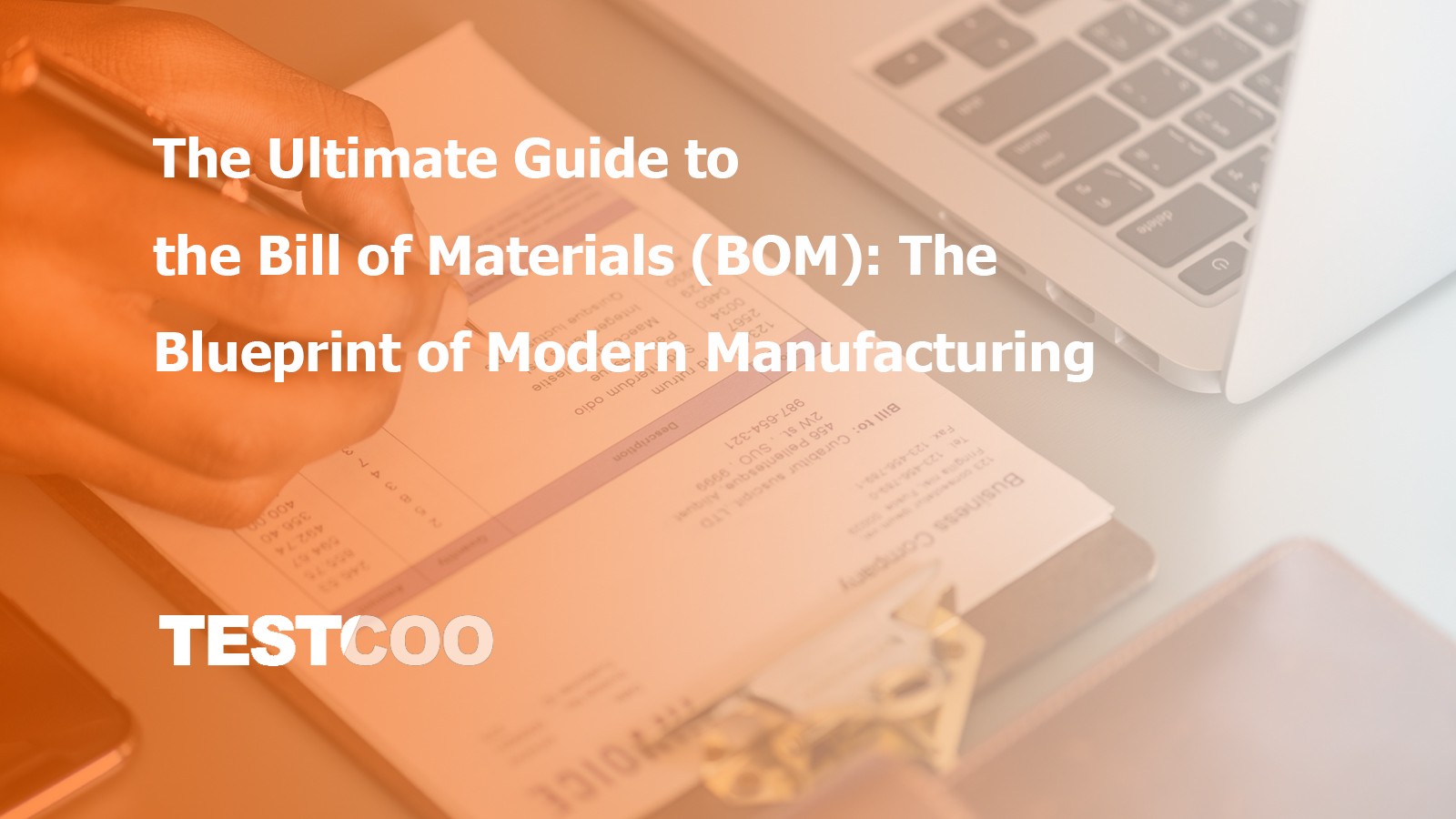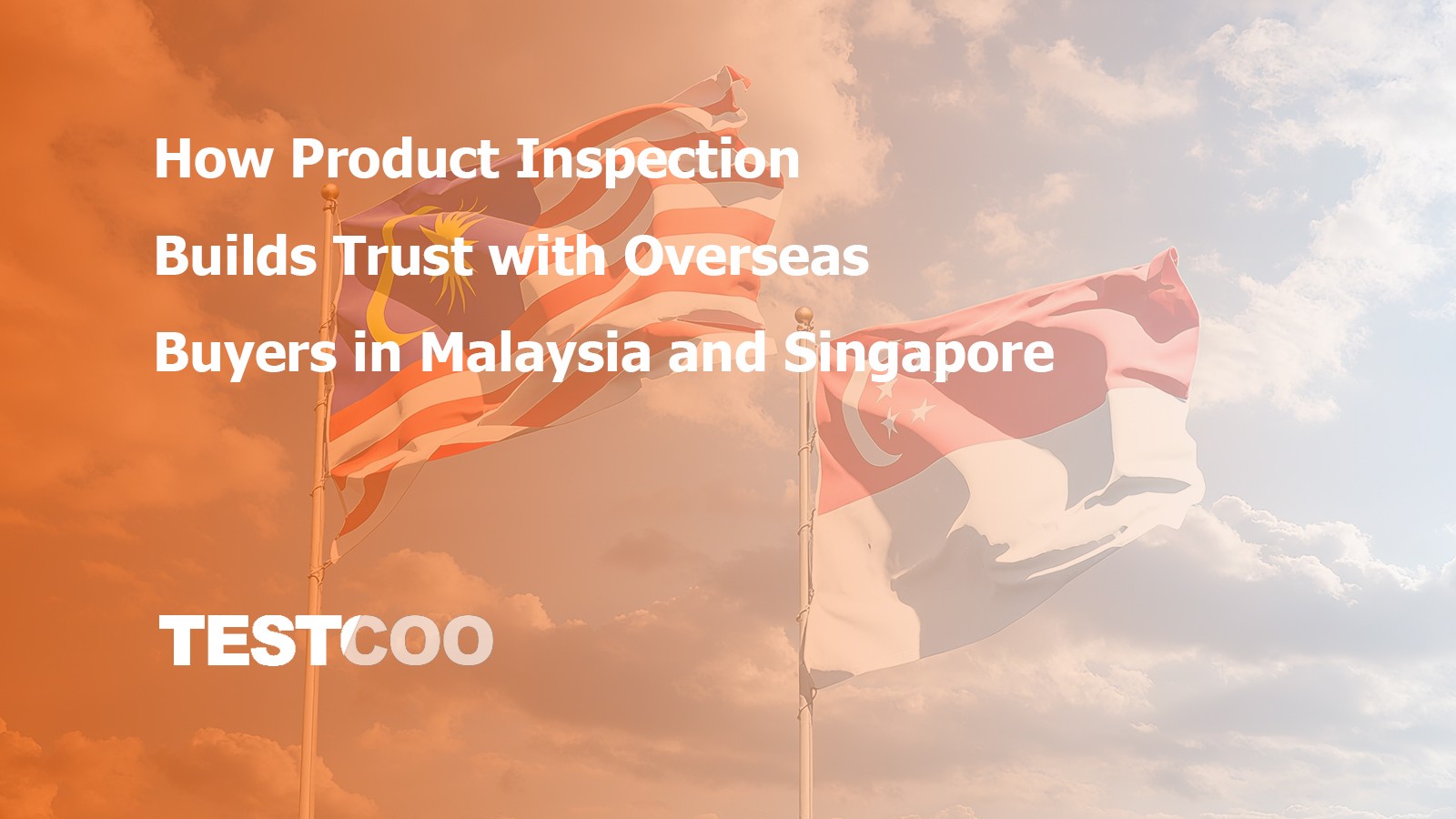Mastering Supplier Quality Management: Mitigating Risk and Enhancing Supply Chain Performance
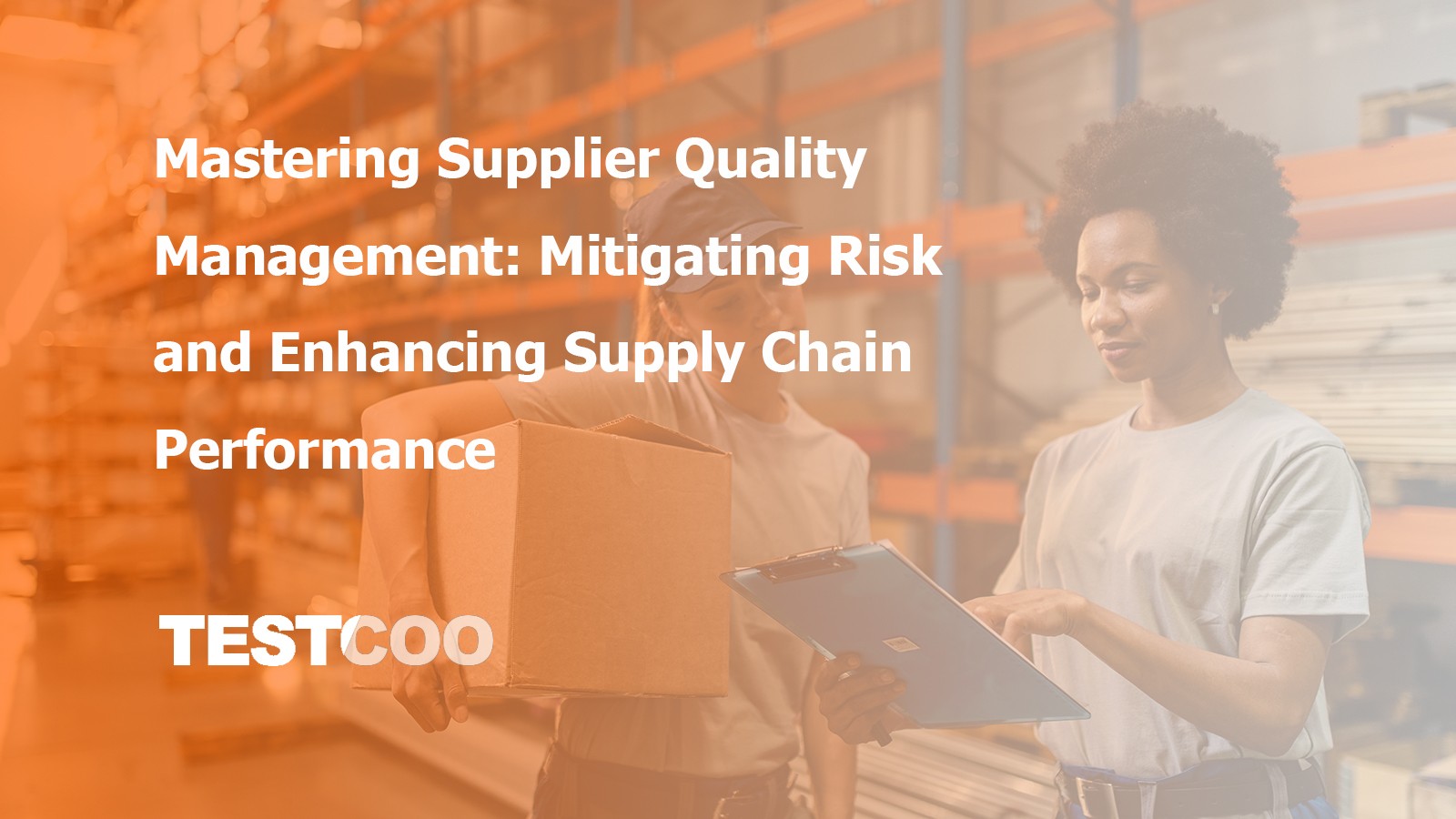
What is Supplier Quality Management?
Definition and Core Objectives
Supplier Quality Management (SQM) is a structured process used to evaluate, monitor, and improve supplier performance, ensuring their products or services consistently meet your organization's quality standards. It focuses on setting clear expectations, maintaining compliance, and building collaborative relationships to reduce risks and improve efficiency.
Key goals of SQM include:
- Ensuring Quality: The main objective is to guarantee that supplier inputs meet required specifications. For example, a smartphone brand may require batteries with high energy density, safety, and lifespan to enhance product performance and brand reputation.
- Risk Mitigation: SQM identifies and addresses supply chain risks such as product defects, delivery delays, shortages, and compliance issues. A clothing brand sourcing cotton from a water-scarce region might implement conservation practices or seek alternative suppliers.
- Strengthening Supplier Relationships: Long-term partnerships foster better communication, innovation, and cost-efficiency. A tech company, for instance, may benefit from exclusive features and better pricing by maintaining a strong relationship with its cloud provider.
Why SQM Matters
Effective SQM improves product quality, reduces costs and delays, and ensures alignment with business goals across the supply chain.
- Defect Reduction: Faulty components can result in recalls or safety concerns. For example, a car manufacturer may partner with brake suppliers to improve quality control and minimize defects.
- Avoiding Delays: Timely deliveries are vital. A construction project delayed due to late material delivery increases costs and inefficiencies. SQM helps monitor timelines and resolve potential issues early.
- Cost Efficiency: Investing in high-quality suppliers may yield long-term savings by reducing rejections, waste, and marketing costs.
- Strategic Alignment: A company focused on sustainability, like a green furniture brand, needs suppliers who align with eco-friendly practices. SQM ensures such alignment throughout the supply chain.
Read more about resilience in suppy chain management here.
The Supplier Quality Management Process
Supplier Selection and Onboarding
- Criteria Development: Define benchmarks for quality, cost, and delivery. For instance, set specific product tolerances, pricing limits, and lead time expectations to evaluate suppliers objectively.
- Audit and Evaluation: Conduct site visits and review documentation to assess capabilities and compliance, such as ISO 9001 certification or historical performance metrics.
- Contract Negotiation: Clearly outline expectations in contracts—including quality thresholds, delivery timelines, and after-sales service—with penalties for non-compliance and timelines for improvement.
Learn more about ISO 9001 here.
Performance Monitoring
- Key Metrics: Track KPIs like defect rates, delivery punctuality, and responsiveness. These indicators help maintain product quality and production flow.
- Regular Audits: Schedule periodic checks to verify adherence to standards, from safety protocols to environmental practices. A wood supplier, for example, might be audited for sustainable forestry practices.
- Feedback Loops: Provide actionable feedback and encourage supplier input. Collaborative problem-solving fosters continuous improvement.
Risk Management
- Risk Identification: Analyze financial health, regulatory compliance, and supply chain dependencies to identify vulnerabilities. For example, avoid over-reliance on a single source in disaster-prone regions.
- Contingency Planning: Prepare backup plans, including alternative suppliers and safety stock, to buffer against disruptions—such as keeping extra inventory from a supplier in a strike-prone area.
Implementing Supplier Quality Management
Establish Clear Standards
- Documentation: Develop quality manuals and detailed specifications. A food company, for instance, might define allowable contaminant levels and storage conditions for raw ingredients.
- Training: Use workshops and certifications to ensure suppliers understand expectations. Encourage ISO 9001 or industry-specific certifications to align practices.
Leverage Technology
- Digital Tools: Centralize supplier data, automate audits, and analyze trends using SQM software. For instance, track defect rates over time to identify performance issues.
- Real-Time Monitoring: Use dashboards for live KPI updates. A retailer can instantly see if a supplier’s on-time delivery rate dips, enabling immediate corrective actions.
Foster Collaboration
- Joint Projects: Collaborate on innovation or problem-solving. For example, work with a tire supplier to develop more fuel-efficient models.
- Recognition Programs: Reward high-performing suppliers with bonuses, public recognition, or preferred contracts to drive continuous improvement.
Partner with Testcoo for End-to-End Quality Assurance
- Third-Party Inspections: Our experienced inspectors conduct on-site audits to verify that products meet your standards—whether it's electronics, garments, or consumer goods.
- Testing and Certification: From food safety to electrical compliance, our certified labs ensure product performance and help suppliers meet regulatory standards.
- Data-Driven Insights: We analyze performance trends, inspection data, and external risk factors to provide actionable intelligence, helping you proactively manage quality and minimize disruption.
Elevate your supply chain with Testcoo. Contact us today to build a resilient, high-performance supplier network.
Free Sample Report Performance Quality Control
Download a sample report to keep control of your supply chain!
Featured Articles
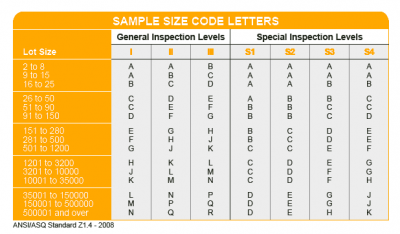 AQL Table | How to Read It
AQL Table | How to Read It TOP 10 Common Defects in Garments Quality Inspection
TOP 10 Common Defects in Garments Quality Inspection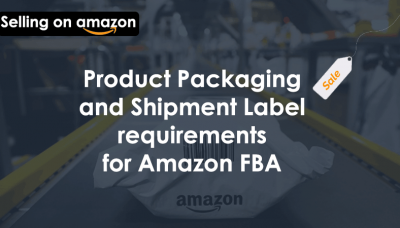 Product Packaging and Shipment Label requirements for Amazon FBA
Product Packaging and Shipment Label requirements for Amazon FBA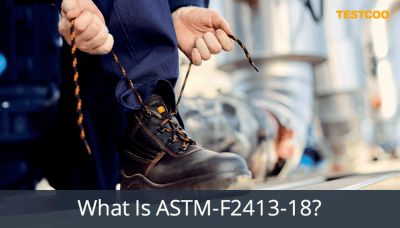 What Is ASTM-F2413-18? Protective Footwear Standard
What Is ASTM-F2413-18? Protective Footwear Standard How to Conduct Third-Party Quality Control Inspections for Electric Scooters
How to Conduct Third-Party Quality Control Inspections for Electric Scooters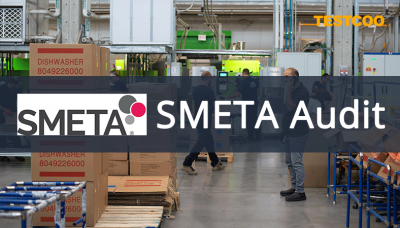 SMETA Audit-What is SMETA Audit?
SMETA Audit-What is SMETA Audit?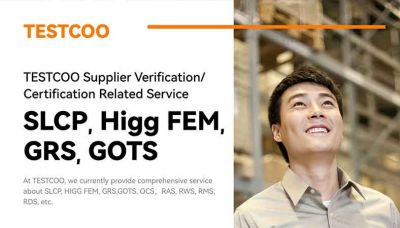 TESTCOO Supplier Verification/Certification Service SLCP, Higg FEM, GRS, GOTS
TESTCOO Supplier Verification/Certification Service SLCP, Higg FEM, GRS, GOTS Quality Control Inspection Company in China
Quality Control Inspection Company in China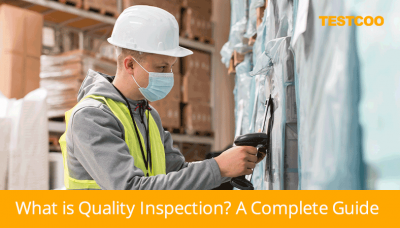 What is Quality Inspection? A Complete Guide
What is Quality Inspection? A Complete Guide Guidelines for Product Inspection in India
Guidelines for Product Inspection in India
Category
- Production Inspection Service
- Factory Audit
- Softline Inspection
- Hardline Inspection
- Electrics Inspection
- Certification
- Checklist
- Manufacturers
- Quality Assurance Basics
- Products Recall
- AQL
- Guidence and Standard
- News
- Supplier Management
- Amazon
- Protective Equipment
- e-commerce quality control
- Indian Manufacturing
- Soft Goods Quality Control
- Supply Chain Management
- Supply Chain Resilience
- E-Commerce Quality Control
- ISO 2859
- Supply Chain Optimization
- Garment Industry
- Higg Index



